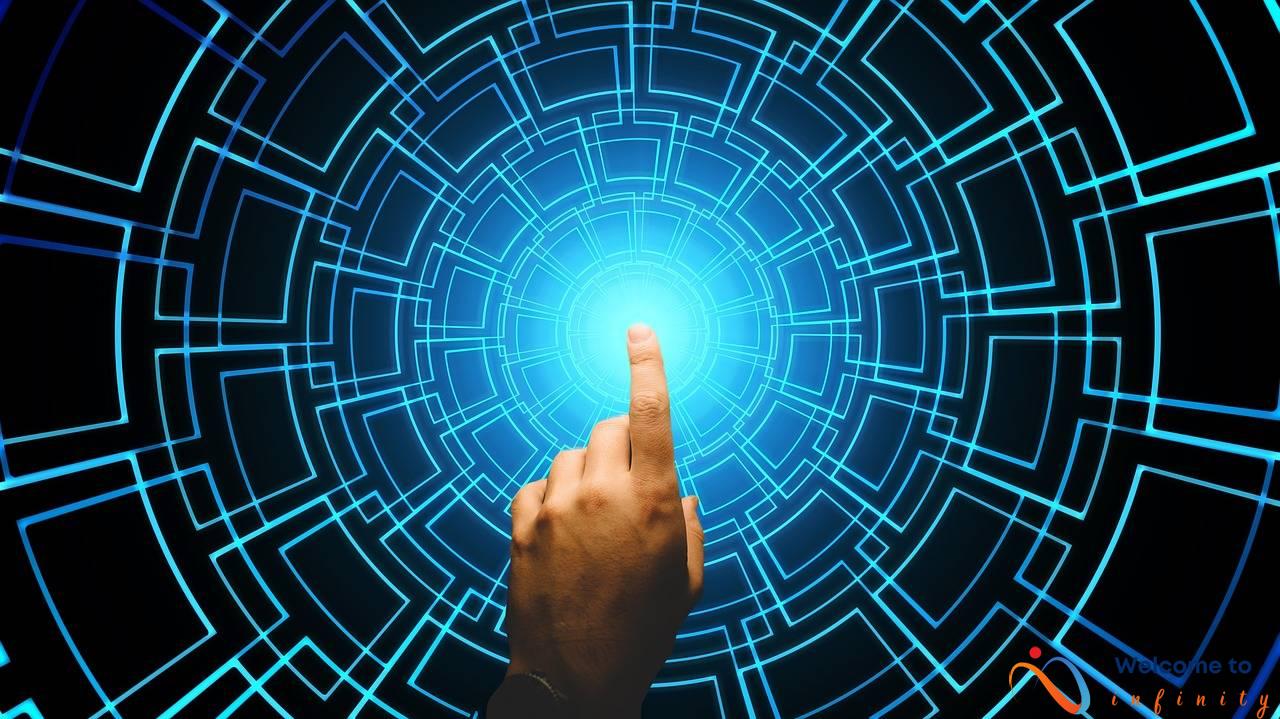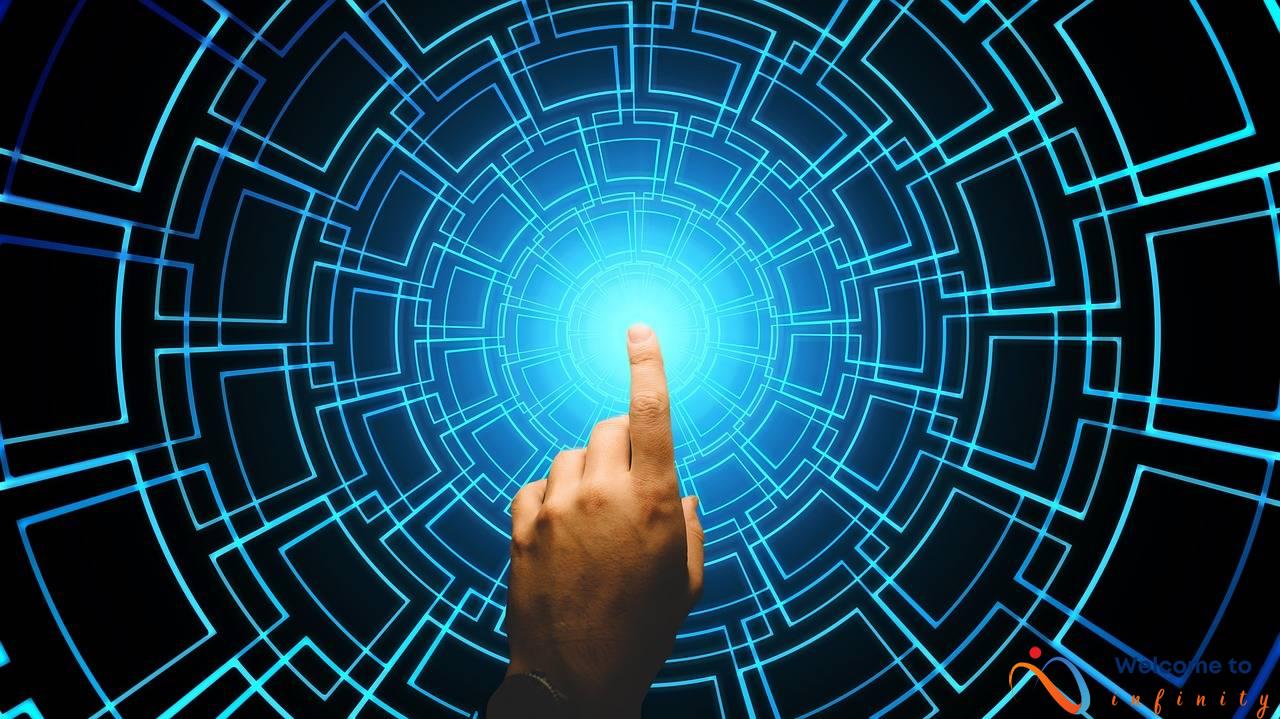Remote monitoring of patients has always been a challenge for healthcare providers. However, with the development of AI-powered remote monitoring systems, healthcare professionals can now monitor their patients' health in real-time, regardless of their physical location. This has revolutionized the healthcare industry by allowing doctors and patients to connect without the need for face-to-face interaction.
The benefits of AI in remote health and safety monitoring are numerous and cannot be overstated. For instance, AI-powered remote monitoring can be used to monitor patients with chronic illnesses who need ongoing care but may be unable to travel to a healthcare facility regularly. Moreover, it can help in situations where distance or mobility is a challenge, such as in rural areas or during a pandemic.
The use of AI in remote health and safety monitoring is not limited to the healthcare industry alone. Other industries such as construction and mining can use this technology to ensure worker safety and prevent accidents. With the help of AI, remote health monitoring is becoming more accurate, smarter, and faster, making it a valuable tool in promoting health and safety in various sectors.
The Future of Remote Monitoring
Remote monitoring is not only revolutionizing the healthcare industry but also having a significant impact on other industries such as construction and mining. AI-powered remote monitoring technology can help prevent accidents and ensure worker safety in hazardous environments. The use of drones, robots, and sensors in these industries has become increasingly popular.
AI can analyze data collected from these devices and identify hazards or potential problems, which can then be addressed to prevent accidents. These real-time insights and proactive measures can improve overall safety and reduce the risk of accidents on job sites.
Remote monitoring backed by AI can also be useful in environmental monitoring, finding discrepancies, and anticipating natural disasters. The technology can detect patterns and early warning signs of potential disasters such as seismic activities, floods, and landslides. With accurate data, professionals can act quickly and take preventive measures that can save lives and reduce damage.
In conclusion, AI-powered remote monitoring technology holds immense potential for different industries beyond healthcare. It can undoubtedly improve safety, prevent accidents, and potentially save lives by providing real-time insights and predicting potential hazards. While AI offers numerous benefits, it also presents some challenges that must be addressed to ensure its effective use.
How AI is Changing Remote Healthcare
AI-powered remote monitoring has brought a transformational change in the healthcare industry, enabling doctors and patients to connect virtually without being in the same physical space. This technology has proved to be a boon in situations where distance or mobility is a challenge, such as in rural areas or during a pandemic.
Remote healthcare with AI-powered monitoring is a more convenient and efficient way of healthcare delivery. Patients can get immediate medical attention without the need for a physical appointment. Doctors can monitor a patient's health remotely and intervene if necessary. This technology has not only increased patient satisfaction but has also brought down healthcare costs by reducing the number of in-person appointments.
The potential of AI-powered remote monitoring is vast. It can help patients manage their chronic diseases by providing real-time monitoring of their health. Doctors can detect potential health issues before they become serious by analyzing data collected through remote monitoring devices. Wearables, such as smartwatches and fitness trackers, can track vital signs, such as heart rate and blood pressure, remotely, and alert healthcare providers when an intervention is required.
However, along with the benefits, there are also challenges associated with remote healthcare. Ensuring data privacy and regulatory compliance is critical when it comes to sensitive patient information. Patients must also trust the technology and be confident that their health is being monitored effectively through remote means.
In conclusion, AI-powered remote health monitoring has transformed the healthcare industry by enabling real-time monitoring, more efficient healthcare delivery, and improved patient outcomes. As technology advances, the potential for this technology to improve patient care and safety is limitless.
The Role of Wearables in Remote Monitoring
With the advent of wearable technology, remote monitoring has become even more accessible and convenient. Wearables such as smartwatches, fitness trackers, and other Internet of Things (IoT)-enabled devices are now being used in combination with AI to monitor patient health remotely.
These devices can track a range of vital signs, including heart rate, blood pressure, respiratory rate, and even sleep patterns. They can also monitor activity levels throughout the day, providing healthcare providers with valuable information on a patient's physical activity and mobility.
One of the benefits of using wearables in remote monitoring is that they are unobtrusive and easy to wear. Patients can simply wear the device and go about their daily activities, while their vital signs are transmitted to healthcare professionals in real-time. This is particularly useful for patients who need continuous monitoring but do not require hospitalization.
In addition to aiding remote health monitoring, wearables can also help patients take a more active role in managing their own health. By providing information on their activity levels, sleep patterns, and other vital signs, patients can make informed decisions about their lifestyle and adjust their behavior as needed.
- Smartwatches, fitness trackers, and other IoT-enabled wearables are becoming more commonplace in remote health monitoring.
- Wearables can track a range of vital signs, including heart rate, blood pressure, respiratory rate, and even sleep patterns.
- Wearables are unobtrusive and easy to wear, allowing patients to go about their daily activities while their vital signs are transmitted in real-time to healthcare professionals.
- Patients can also use wearables to take a more active role in managing their own health and lifestyle. By providing information on their activity levels, sleep patterns, and other vital signs, patients can make informed decisions about their health and adjust their behavior as needed.
Overall, wearables are playing an increasingly important role in remote health monitoring, enabling healthcare providers to deliver quality care to patients from a distance. As technology continues to advance, we can expect to see even more sophisticated wearables that are better equipped to track a wider range of vital signs and provide even more personalized insights into patient health.
The Benefits of Predictive Analytics in Remote Monitoring
Predictive analytics is a powerful tool that allows healthcare professionals to identify potential health issues in patients before they become serious. This is especially useful in remote monitoring, where doctors can't physically examine their patients. AI-powered predictive analytics can monitor data collected from wearables and other remote monitoring devices, identify patterns, and alert healthcare professionals to potential health issues.
By using predictive analytics, doctors can make informed decisions about patient care, allowing them to intervene before a condition worsens. This can reduce hospitalization rates, lower healthcare costs, and improve patient outcomes.
One of the key benefits of predictive analytics in remote monitoring is its ability to provide personalized care. With data collected from wearables and other remote monitoring devices, doctors can tailor treatment plans to individual patients based on their unique health data. This can lead to more effective treatments and better health outcomes for patients.
- Identifying early signs of heart failure: By monitoring data such as heart rate, blood pressure, and daily activity levels, AI-powered predictive analytics can identify early signs of heart failure and alert healthcare professionals to potential issues.
- Managing chronic conditions: By analyzing data collected from remote monitoring devices, doctors can detect patterns in a patient's condition and adjust treatment plans as needed to manage chronic conditions such as diabetes and hypertension.
- Predicting falls: By monitoring movement patterns and activity levels, predictive analytics can identify patients who are at risk of falling and develop personalized care plans to reduce this risk.
Predictive analytics is a growing field with enormous potential in remote monitoring. As AI-powered analytics become more advanced, they will be able to monitor more data, provide more personalized care, and detect potential health issues even earlier. This has the potential to revolutionize healthcare by improving patient outcomes, reducing healthcare costs, and providing healthcare professionals with more data-driven insights into patient care.
Real-Time Monitoring with AI and Machine learning
Real-time monitoring of patient health has become easier with the advent of AI and machine learning. By using these technologies, algorithms can be trained to detect abnormalities in vital signs and alert healthcare providers when an intervention is needed. This proactive approach is particularly helpful for high-risk patients or patients with chronic conditions who require constant monitoring.
For example, remote monitoring devices can track a patient's heart rate, blood pressure, and oxygen levels in real-time. The collected data is then sent to healthcare professionals, who analyze it to identify potential health issues. If an abnormality is detected that indicates a potential emergency, healthcare providers can act immediately, even if the patient is located far away from the hospital or clinic.
AI-powered real-time monitoring also enables predictive maintenance in medical equipment. By analyzing and tracking data on equipment conditions, it can predict when maintenance is required, reducing the risk of equipment failure and minimizing downtime. This ensures that medical equipment is in optimal condition whenever it's needed for remote patient monitoring.
Moreover, AI and machine learning can also be used to identify potential causes of adverse events. By analyzing data and identifying patterns, AI algorithms can detect risk factors and help prevent incidents before they occur. For instance, by monitoring the vitals of elderly patients, it can detect if they have fallen, or if there are falls frequently they can identify the risk factors and help prevent them before they happen.
In conclusion, real-time monitoring with AI and machine learning is a game-changer in remote health and safety monitoring. With the ability to quickly detect abnormalities in vital signs and predict potential health issues, healthcare professionals can intervene earlier and provide better care to patients. Additionally, the use of AI and machine learning in predictive maintenance of medical equipment can help reduce equipment failures and downtime, ensuring that remote monitoring devices are always operating at their best.
Challenges of Remote Monitoring
Remote monitoring has immense potential to revolutionize healthcare and safety monitoring. However, it also comes with its own set of challenges that need to be addressed. One of the major concerns is regarding data privacy. As the amount of data collected through remote monitoring devices increases, so does the risk of it being compromised. Patient data must be protected, and adequate measures need to be in place to prevent breaches.
Another challenge is regulatory compliance. As remote monitoring becomes more widespread, it can be challenging to ensure that all regulations and standards are met. Industry-specific regulations may vary, and healthcare professionals need to be updated on the latest guidelines to ensure compliance.
Patient trust is also crucial in remote monitoring. Patients need to trust that their data is being used responsibly and securely. They need to have confidence in the technology and the healthcare providers using it. Adequate education and communication are necessary to ensure that patients are aware of how their data is being used and how remote monitoring can improve their healthcare outcomes.
Furthermore, there may be technical challenges associated with remote monitoring. Issues such as device connectivity and reliability can impact the accuracy of the data being collected. Regular maintenance and technical support should be provided to ensure smooth functioning of devices and seamless data collection.
In conclusion, while remote monitoring presents numerous benefits, there are also challenges associated with its implementation. Addressing these challenges and devising solutions will pave the way for maximizing the potential of remote monitoring in improving healthcare and safety monitoring.
Conclusion
AI-powered remote monitoring is changing the landscape of healthcare and safety monitoring, allowing for real-time tracking of patient health from anywhere in the world. The benefits of this technology are vast, including increased access to healthcare in rural and remote regions, as well as the ability to track worker safety in industries such as construction and mining. By using wearables and predictive analytics, healthcare professionals can monitor patients remotely and detect potential health issues before they become serious.
While there are challenges associated with remote monitoring, including data privacy and regulatory compliance, the potential for this technology to improve patient care and safety is immense. Real-time monitoring with AI and machine learning allows for early intervention and proactive healthcare, while also reducing the strain on healthcare resources. As the use of AI in remote health and safety monitoring continues to grow, we can expect to see an even greater impact on the healthcare industry and beyond.
In conclusion, AI-powered remote monitoring is a gamechanger for the healthcare industry and safety monitoring. The benefits of this technology are significant, and it has the potential to improve patient care and safety while also reducing healthcare costs. From wearables to predictive analytics and real-time monitoring, AI is transforming the way we approach healthcare and safety monitoring, and the future looks bright.










